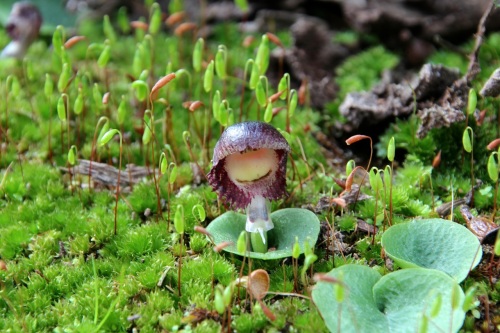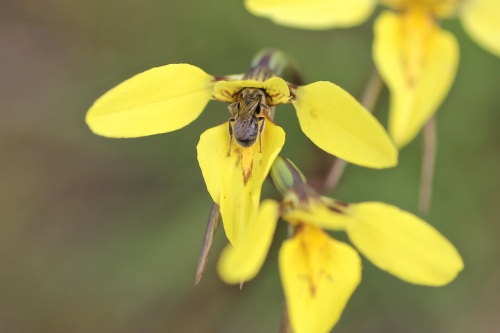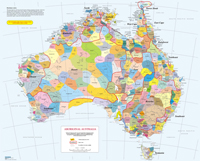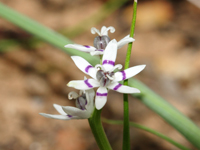When all else fails, the insect macrophotographer can always rely on ants. In times of low invertebrate numbers, they are always there running the show. On a warm autumn day, the Meat Ants Iridomyrmex purpureus near our dam have been out and about. I was intrigued to watch one industrious lady struggle mightily to drag a Grey Box leaf towards the nest. She made absolutely no progress with it at all and none of her sisters seemed to want to help. I have no idea what she wanted it for.

Meat Ant and leaf #1

#2

I think the raised leg was more for leverage than a request for help.
By night, I found an ant with a significant mite infestation. I had seen this in previous years and the species of ant seemed the same. On bowerbird.org.au it was suggested that the previous ant was a Polyrhachis queen and this looked the same. My source said it was not uncommon to see them with mites. An both of my encounters with ants in this state were in mid-autumn.

Polyrhachis? with mites
Flies of all shapes and sizes are common at the moment, but mostly very uncooperative sitters for portraits. Lots of Robber Flies seem to enjoy afternoon sun bathing and even a bit of amorous coupling, but have steered well clear of my lens. Bee Flies (Geron sp.) are also around in good numbers and tend to be more relaxed.

Bee Fly on Drooping Sheoak
Whilst ants, flies and moths are abundant at the moment, we still seem short on the usual quotient of insects that chew leaves and suck sap. So I was pleased to find at least a couple of these recently. There have been a few leafhopper nymphs snuggling into the angles of branches of wattles and eucalypts to avoid detection.

Leafhopper nymph
I’ve also found a few tiny weevils on Golden Wattle leaves.

Weevil
And finally, I was pleased to find a Parson’s Band orchid (Eriochilus cucullatus)or two putting out some flowers.

Parson’s Band Orchid









































































